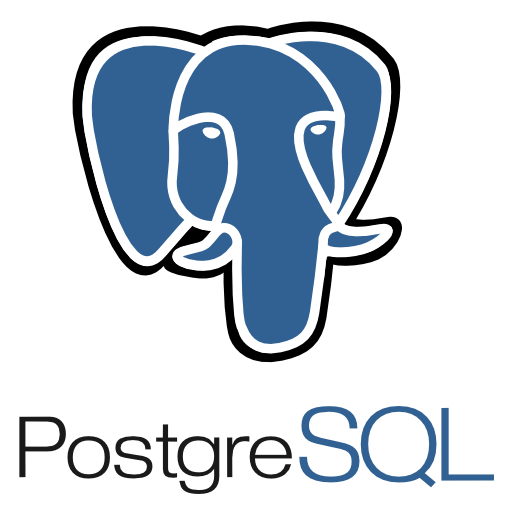

Provision a Hyperscale (Citus) server group on Azure Database for PostgreSQLĪfter you’ve checked out the docs, the best next step is to provision a Hyperscale (Citus) server group.Along the way, you will get to shard tables across nodes, ingest sample data, and run queries that execute on multiple nodes in a Hyperscale (Citus) server group.
#Postgresql logo how to#
There is a wealth of information to be found describing how to install and use PostgreSQL through the official documentation.

This Quickstart will show you how to create a Hyperscale (Citus) server group (aka cluster) in Azure Database for PostgreSQL, using the Azure portal. PostgreSQL is a powerful, open source object-relational database system with over 30 years of active development that has earned it a strong reputation for reliability, feature robustness, and performance. Contents 1 3-color elephant 2 Single-color elephant 2.1 1 color black 2.2 1 color blue 2. But even then I tend to use the DB as the 'master' storage for binaries, with all the other relations consistently linked, while providing some file system-based. However, true, reality is often too performance-demanding -), and it pushes you to serve the binary files from the file system. Use of the logo is subject to our Trademark Policy. BTW, PostgreSQL is great in preserving consistency. Multiple versions of the logo are available.
#Postgresql logo free#
If you don’t yet have an Azure subscription, this is the first step: create a free account before you begin. The Elephant Logo (Slonik) must appear in one of the forms below: Particularly if these uses are commercial in nature, we encourage you to present the marks with Postgres, PostgreSQL or the Elephant Logo (Slonik) followed by the ® symbol wherever practicable. Create an Azure account & sign in to the Azure portal.


 0 kommentar(er)
0 kommentar(er)
